If you’re after a bit of inexpensive fun and you’re looking for an open-top, two-seat sports car of decent swervability and reasonable affordability, your thoughts might immediately gravitate towards a used Mazda MX-5 of some sort, but may I introduce you instead to the third-generation Toyota MR2?
This little jewel ran from 2000 to 2006 and can now be bought for peanuts, and while it shares much in common with the iconic Mazda, such as the wind-in-the-hair pleasure and the promise of at least decent long-term reliability, it differs by having its engine mounted amidships, just as its two predecessors did.
Oh yes, those predecessors. You see, it was in 1985 when Toyota first offered an MR2, a mid-engined, two-seat, rear-wheel-drive, T-bar-roofed bundle of fun, heavily influenced by the delightful Fiat X1/9. In 1990, it was replaced by the Mk2, which was larger, more rounded in its styling, heavier and, certainly in its earlier versions, a little less sharp to drive.
The Mk3 was a very different beast from the first two iterations, though. It was smaller and lighter and, for the first time, fully convertible, with a roof that was wonderfully quick and easy to lower or erect from the cabin. It weighed just 975kg, which was lighter than the original, and powered by a revvy, all-alloy, dual-overhead-cam 138bhp 1.8-litre four-cylinder engine of crisp and responsive manners. Think performance in the order of 0-62mph in 7.9sec.

But the MR2 is about more than mere straight-line figures. It’s great fun to drive, for starters, with light and quick power steering that makes parking easy and bends taken quickly a tactile delight. Its handling is nimble, adjustable and a mid-engined blast: turn-in is sharp, the brakes are strong and there’s plenty of grip from its relatively slender tyres.
The rest of the car is equally delightful. It’s surprisingly comfortable, with a low-slung driving position and excellent all-round visibility. The gearchange (a five-speed manual was standard on the earlier cars, while later, post-2002 ones added a six-speeder and even the option of a trick sequential automatic) has a short throw and is slick in its operation.

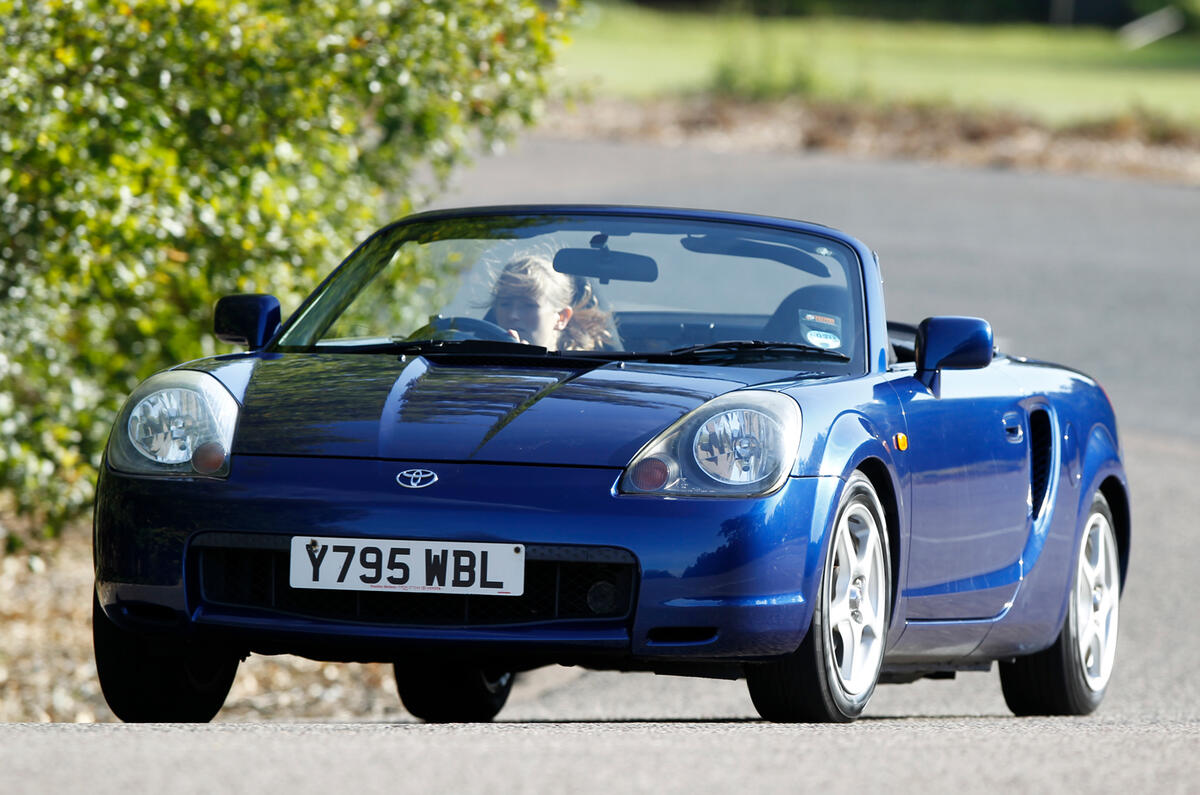
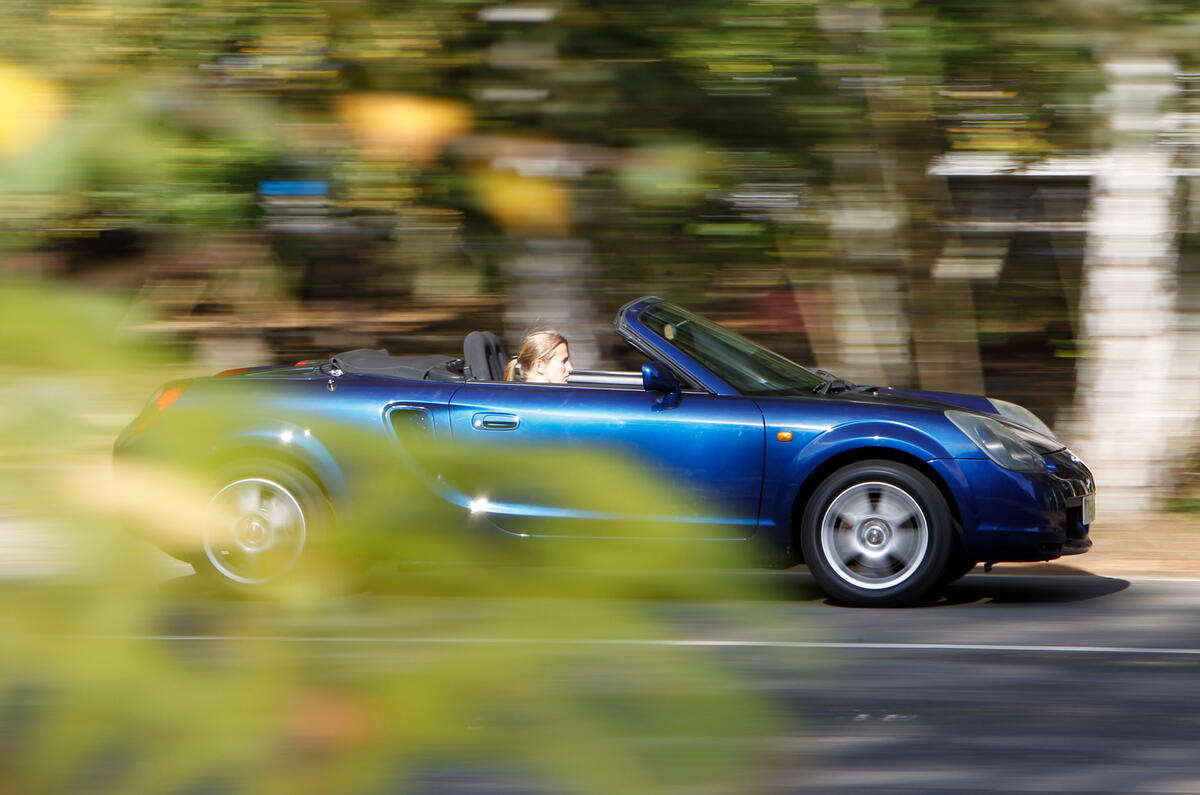
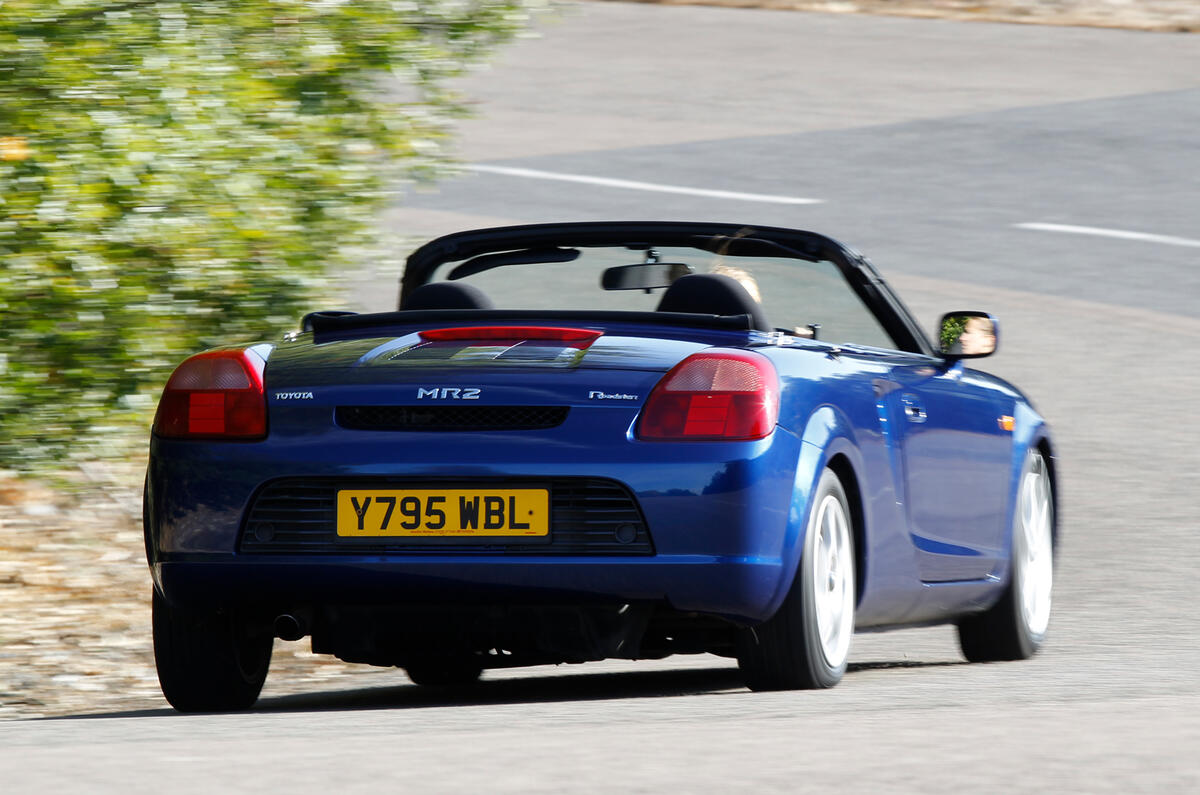
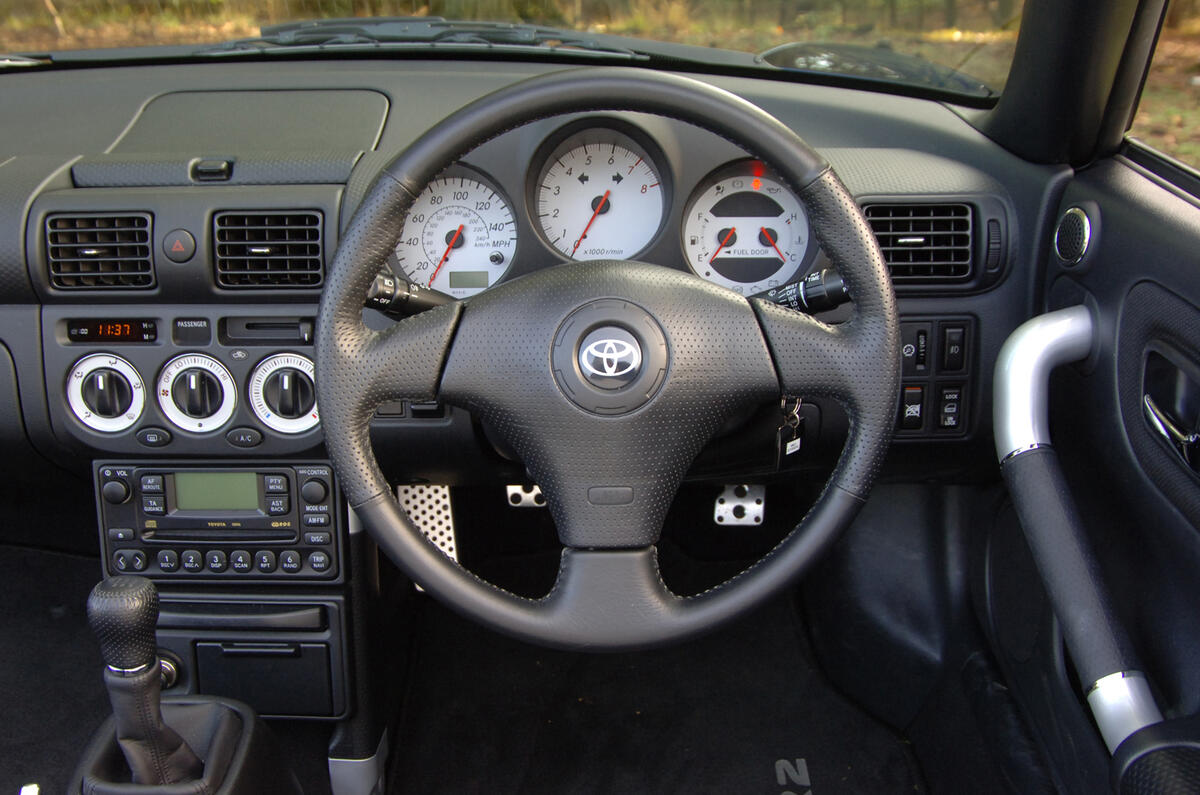
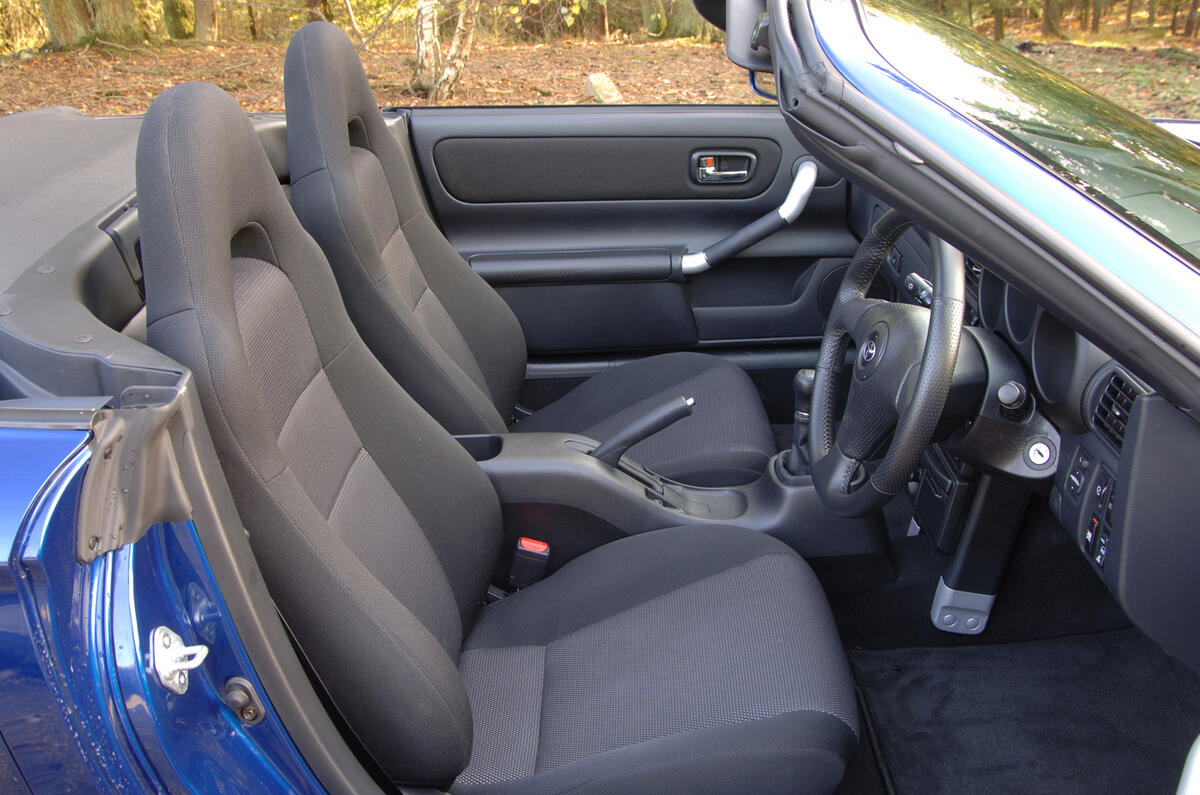

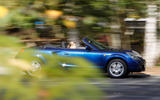


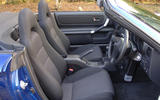

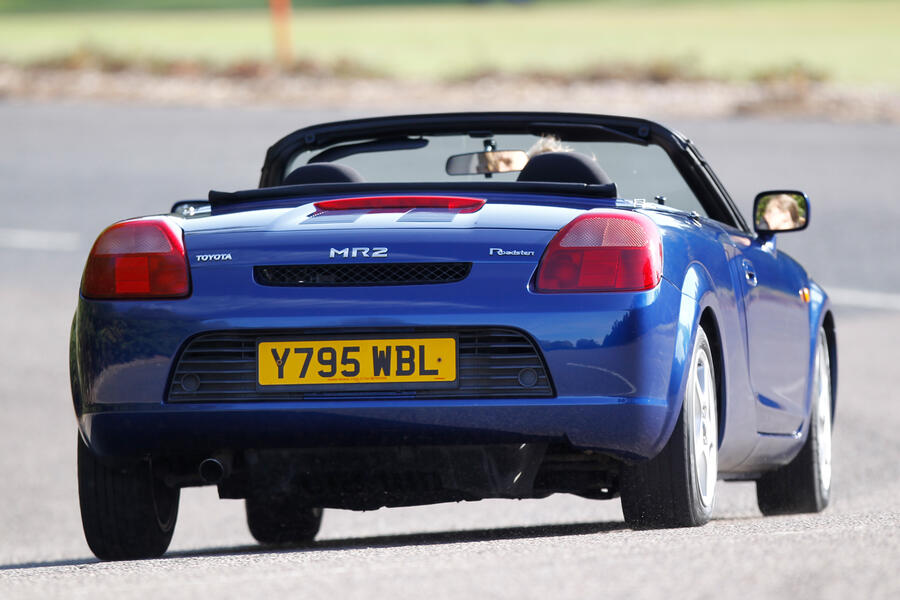

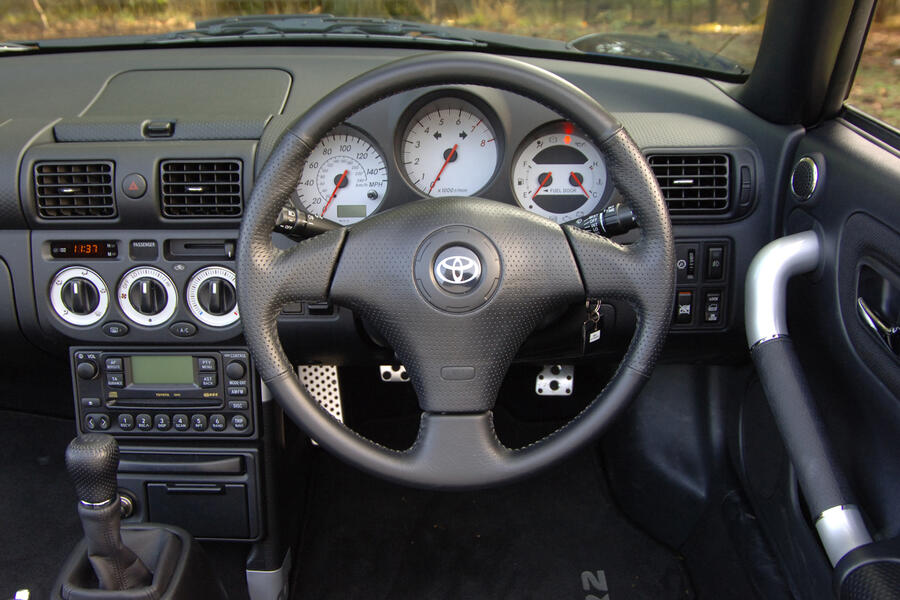

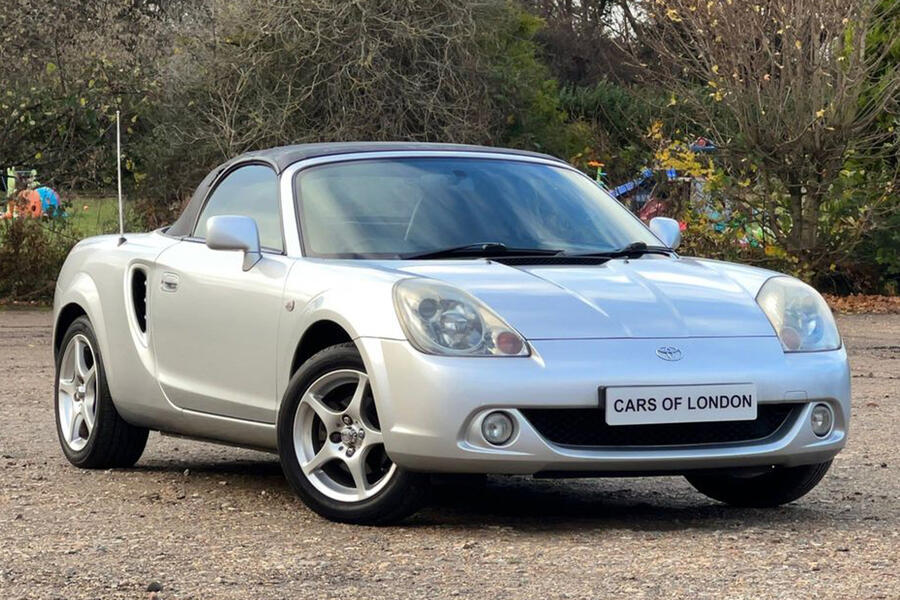

Add your comment